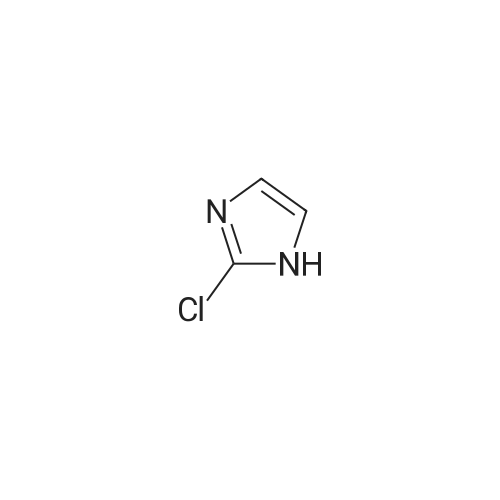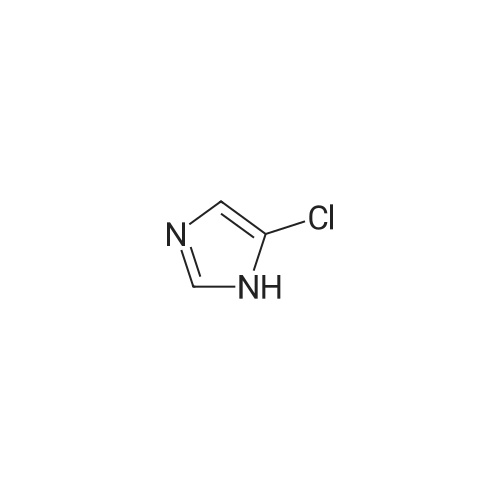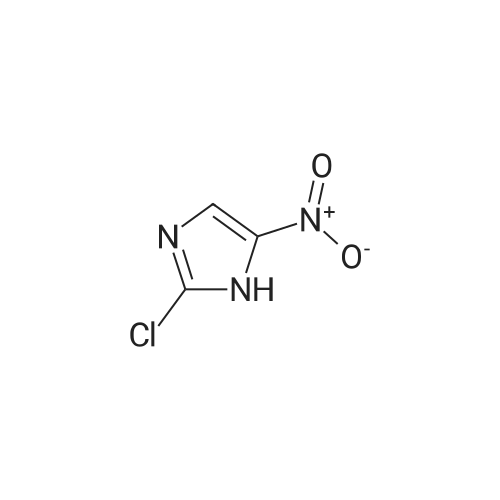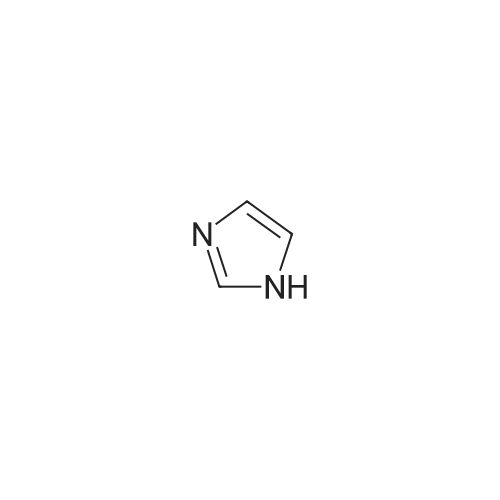More
Abstract: In chemical biology, reactive carbonyl species such as aldehydes and activated esters have been routinely utilized for modification biomolecules for various purposes such as imaging, enzyme profiling, drug delivery, and caging. This work herein presents a novel application of their chemistry to functionalize and control RNA and protein function through chemically reversible polyacylation. Also due to their reactive nature and propensity to form adducts with biomolecules and cause dysfunction, there has been continued interest in determining their concentration and composition to understand how they contribute to cancer, neurological disorders, and cardiovascular diseases. In furthering this endeavor, the second part of this work describes the development of fluorescent methods to measure and profile intracellular aldehydes.
Chapter 1 describes the synthesis and RNA acylation activity of a series of minimalist azidoalkanoyl imidazole reagents, with the aim of functionalizing RNA at 2’-hydroxyl groups at stoichiometric to superstoichiometric levels. Due to their simple structure, they are prepared readily in high yields. Upon reaction with RNA, we find marked effects of small structural changes on their ability to acylate and be reductively removed. One compound in the series, a glycolic acid derivative, is shown to be highly active both in acylation of RNA and in phosphine-triggered deacylation, which enables reversible control of hybridization and folding. We also identify reagents that are ideal for long-term acylation of RNA, remaining stable even after azide reduction; this presents a novel and simple strategy for amine functionalization of RNA. Finally, an azidoacyl adduct on RNA was shown to react with a strained alkyne-containing fluorophore in a “cloak-click” strategy, suggesting a general approach to facile fluorescent labeling of RNAs. These simple azidoalkanoyl acylimidazole reagents serve as a set of molecular tools that can be employed easily for post-synthesis labeling and control of RNA irrespective of length.
?
Chapter 2 describes RNA 2’-OH polyacylation agents with improved reversibility based on quinone methide elimination. The rapidly reversible RNA caging method was utilized to control RNA folding and function, both in vitro and in cells. Previous uncloaking chemistry made use of azide reduction and subsequent amine cyclization, requiring 2 to 4 hours for completion. Aiming to improve reversal rates and yields, we designed novel acylating reagents that utilize quinone methide (QM) elimination for reversal. The QM uncloaking/de-acylation reactions were tested with two bioorthogonally cleavable motifs, azide and vinyl ether, and their acylation and reversal efficiencies were assessed with NMR and mass spectrometry on a model RNA substrate as well as on RNAs. Among the compounds tested, the azido-QM compound A-3 displayed excellent deacylation efficiency. To test its function in caging, A-3 was successfully applied to control EGFP mRNA translation in vitro and in cells. We envision that this compound will serve as a valuable tool for biological investigation and control of RNAs.
?
Chapter 3 discusses the potential application of chemically reversible acylating reagents to control protein function. Proteins are involved in all facets of cellular biology and have been harnessed for a wide range of technological and therapeutic purposes. To decipher their roles in complex biological systems and for additional spatiotemporal control in vitro, various caging strategies have been developed. However, simple methods applicable to native protein remain underexplored. In preliminary studies toward this goal, we examined whether NAI-N3, a chemically reversible acylating agent, could be used to control protein activity in a convenient manner. Polyacylation with NAI-N3 led to the inhibition of various proteins including trypsin, luciferase, horse radish peroxidase, and DNA polymerases. However, phosphine treatment and subsequent deacylation poorly recovered the original activity likely due to irreversible denaturation and aggregation and harsh reductive reversal conditions. Future efforts will investigate acylating reagents with enhanced reversibility such as the quinone methide probes in chapter 2 and reagents that maintain protein surface charge and with less denaturing properties.
?
Chapter 4 describes the application of fluorogenic probes to detect intracellular aldehydic load and progress toward the development of a method to profile intracellular aldehydes. Aldehydes are formed as metabolites in multiple cellular pathways and introduced from the environment. Due to their toxicity, their cellular levels are normally tightly regulated. Because they form adducts with DNA, aldehydes have been implicated in diseases with impaired DNA repair such as Fanconi anemia. Our lab has developed quenched hydrazone (“DarkZone”) dyes that output a fluorescent response to intracellular alkyl aldehydes. To analyze the aldehydic load in hematopoietic stem cells with DarkZone dyes, spectral overlap had to be minimized with fluorescent antibodies utilized for flow cytometry. To this end, novel DarkZone probes with various esterase cleavable motifs and fluorophores, Pacific Blue and V450, were explored. With the DarkZone probes, intracellular aldehydic loads in circulating human leukocytes were measured for the first time, and changes in cellular aldehyde concentration in the physiological range in response to aldehyde or ethanol challenge were detected. Additionally, we examined whether fluorophores with α-nucleophile reactive handles can be applied to determine cellular aldehyde composition. Utilization of these tools to investigate how deactivating aldehyde dehydrogenase 2 (ALDH2) mutants affect aldehyde content and whether ALDH activating molecules could be utilized to rescue cells from the genotoxicity of aldehydes is currently underway.

 Chemistry
Chemistry
 Pharmaceutical Intermediates
Pharmaceutical Intermediates
 Inhibitors/Agonists
Inhibitors/Agonists
 Material Science
Material Science















 For Research Only
For Research Only
 120K+ Compounds
120K+ Compounds
 Competitive Price
Competitive Price
 1-2 Day Shipping
1-2 Day Shipping


 and De Novo Synthetic Routes on CO2 Uptake and Fixation by Mixed-Linker Zeolitic Imidazolate Frameworks.png)











